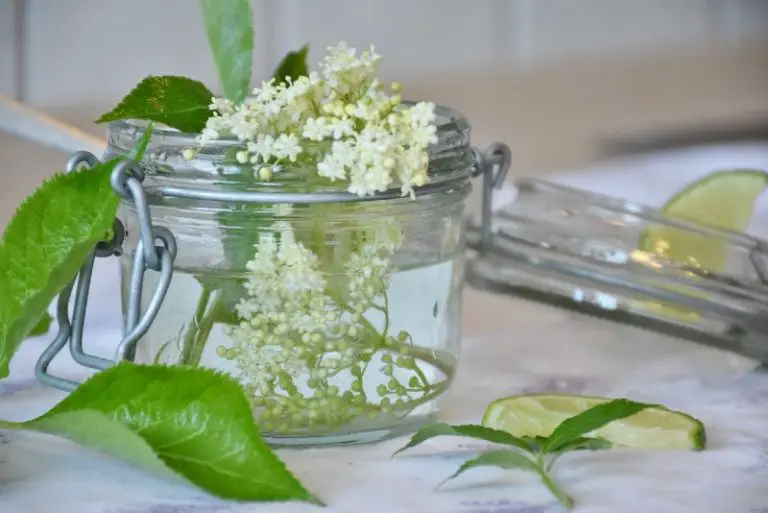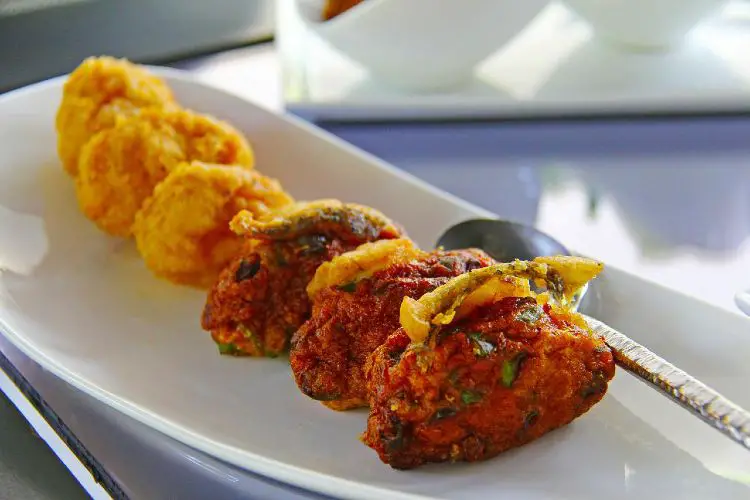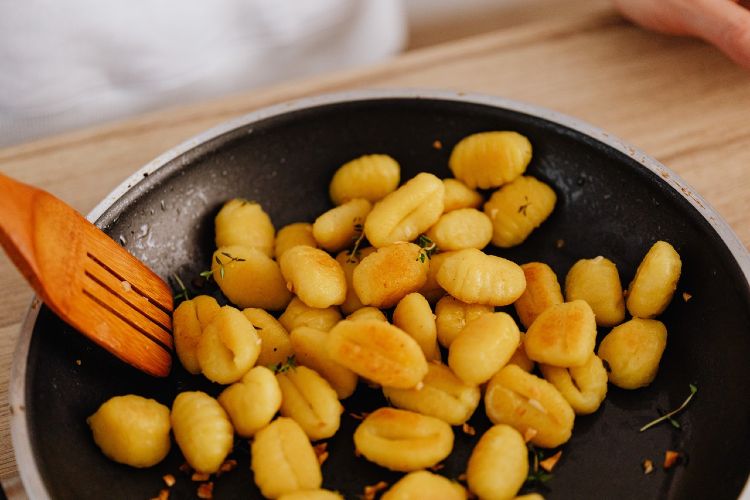Glacé Fruit in Provence – A Visit to Confiserie Lilamand
Christmas in Provence is steeped in traditions, both religious and culinary and one of the latter is the eating of glacé, or candied fruit during the festivities. Candied fruit is not something that I think about with great relish, my experience of it being the odd glacé cherry in a cake or atop a rather unappetising cocktail, but mention it to a French person and their eyes glaze over as they enthuse about its delectability.
Sugar, for most of us in the western world, is considered unhealthy and to be consumed in small quantities and the idea of replacing a fruit’s natural fructose filled water with sugar is incomprehensible to most of us today. But when the crusaders first brought sugar back from the Holy Lands, it was considered to be a health tonic. Most of the sugar consumed in Europe during the 12th and 13th Centuries came from the sugar cane plantations of Tyre in Lebanon.
Sugar was so rare and expensive that it became known as ‘White Gold’ and was greatly coveted. In the early 16thcentury the clever Portuguese and Spaniards set about expanding their sugar interests and started planting plantations in their newly acquired colonies in the West Indies and South America. France and England were quick to follow and sugar became an important trading commodity creating great wealth for both countries. This meant that although still expensive and a luxury, sugar became more easily available in the 16thcentury and people started to experiment with its culinary and medicinal uses.
One of these people was Nostradamus who lived in St Rémy de Provence and besides being an astronomer and predictor of the “end of the world”, had trained as an apothecary. No doubt he looked around at all the wonderful fruit that grew (and still grows) abundantly in the Rhone basin and wondered how it could be preserved beyond its own short season. He travelled to Milan in 1549 and sought out an apothecary living there who specialised in vegetable alchemy using sugar. When Nostradamus came back to France with his newly acquired knowledge, he wrote a treaty called “Petit Traité de Fardements et Confitures” (or “Treatise on Beauty Secrets and Preserves”) in 1552, which besides giving numerous beauty and health tips, laid out the basic recipe for preserving whole fruits, pears, oranges, lemons and cherries in sugar.
It is this same recipe that is used today at Lilamand, artisanal makers of “fruit confit”, or glace fruit, who are also located in the town of St Rémy de Provence. As they are only a few kilometres from where I live, I decided to go and pay them a visit to find out more.
Pierre Lilamand, who is the fifth generation working in the family business, which was started in1866, kindly showed me around and explained the process to me.
The first and most important part is the growing and the quality of the fruit. Today much of the fruit is grown especially for Lilamand, using old varieties that are no longer commonly grown. The fruit has to be perfect, with no blemishes or bruising and must not be too ripe.
After harvesting the fruit is peeled and boiled in large vats of sugar and glucose up to 7 or 8 times over a three-week period, each successive bath having higher sugar content until the water in the fruit is completely replaced by the sugar. The fruit is left in a sugar syrup for 2 months and then dried on a rack for another week before it is packaged and delivered to shops.
From start to finish the whole process takes three to four months and all of the work is done by hand. It is both skilled and exacting and the slightest error can cause the fruit to collapse and become mush.
Even though candied fruit may have lost much of its old appeal for us today, it is still widely used by pâtissiers around the World and will no doubt be gracing many a Provençal table this Christmas.
Contact Details
Confiserie Lilamand: www.confiserie-lilamand.com
5 Avenue Albert Schweitzer
13210 Saint-Remy de Provence
France




